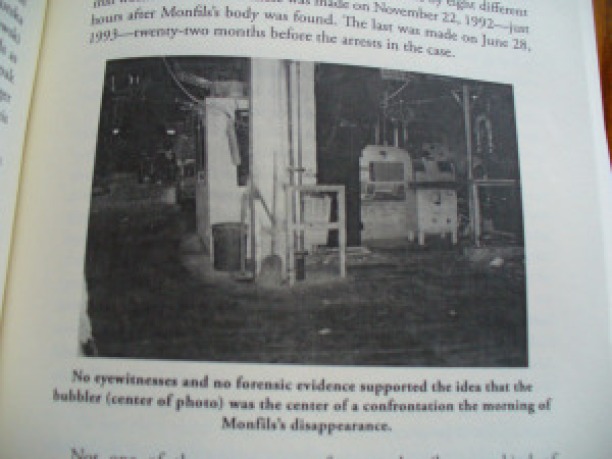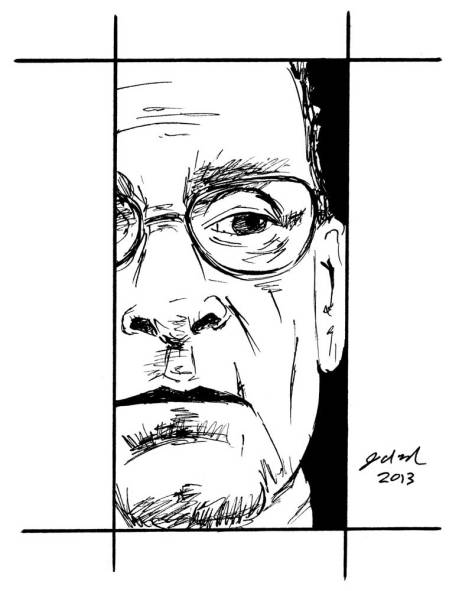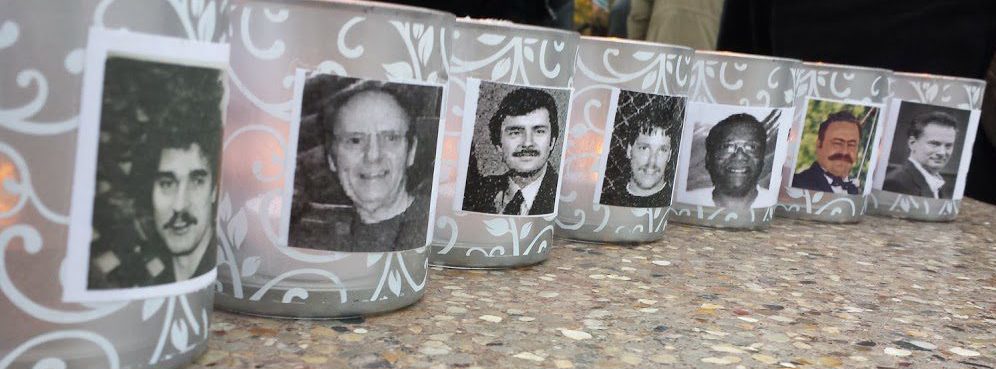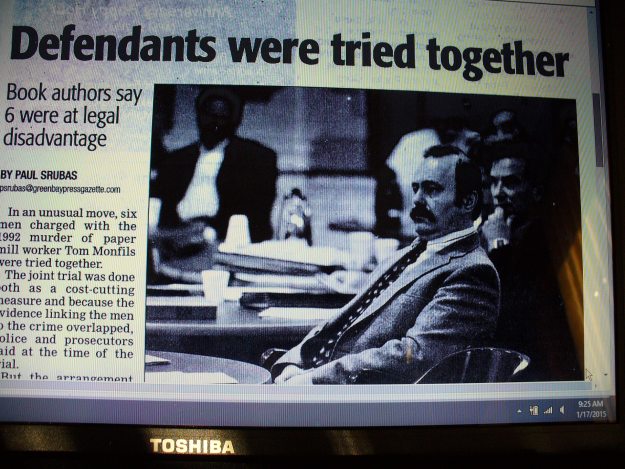Welcome! This week I’m putting forth a new series which examines a recent 152-page motion ❶ in regard to a 1992 murder case that questions the legitimacy of the convictions of six mill workers, Keith Kutska, Rey Moore, Dale Basten, Michael Hirn, Michael Johnson and Michael Piaskowski. This motion was filed in a Brown County Courtroom in Green Bay, Wisconsin on October 31, 2013 on behalf of Keith Kutska. All six men were given life sentences in 1995 for the murder of co-worker, Tom Monfils. Despite the fact that all of them were tried jointly, only one of the six, Michael Piaskowski, has since been exonerated in 2001 while the others remain in prison for a crime that I believe never happened.

Before my involvement I knew nothing about this case. I didn’t know any of the people affected by it. In fact, I don’t have a legal background and had no knowledge about wrongful convictions prior to 2009. I simply read a book ❷ that was published in 2009, given to me by one of its authors. People ask me how I’m able to advocate so passionately about something that has never affected me personally. It’s because I can relate to these people on an emotional level because of my upbringing and I was at a juncture in my life where I could get involved. But mostly it was because of a sense of civic duty and a belief that it was the right thing to do.
I’m often asked, “Why was one of the men released and not the others?” This is the $64,000 question. But with the vast amount of time and prohibitive costs involved in the appeals process it’s no wonder. Plus, the number of men involved in this case and having to appeal separately even though they were tried together, the many years of litigation are inescapable. I strongly believe this one case is indicative of how flawed and unfair our overall judicial system is.
My aim in bringing attention to this specific case is to educate people about wrongful convictions. While pursuing legal help for these men I’ve been gifted with a rare insight into an unseen tragedy that has caused alarming devastation to countless innocent lives. This case represents an extreme example of the grim realities and lends an overview of the devastating aftermath. I cannot stress enough the importance of how we as a society must be more aware of the mistakes that plague our judicial system, and eliminate the apathy that is widespread.
Because this case is currently in litigation, details I’m able to share will be limited to only that which is disclosed in the motion, and in the book. But I will add my personal insight when applicable. Content I’ve highlighted is courtesy of the Minneapolis law firm of Fredrikson & Byron, PA. It’s the result of a twenty-one month reinvestigation. I’ve posted it verbatim and in italics.
With that said, let’s get started. This segment covers a brief introduction as written in the beginning pages of the motion. Be advised; it contains disturbing details:
Incident at the mill…
“At approximately 7:42 a.m. on November 21, 1992, Tom Monfils – despondent, shamed and angry – left his work area at the James River Paper Mill and walked toward the entrance of a nearby airlock passageway. As he neared the airlock, he picked up a 49-lb weight and proceeded through the airlock. He then entered a storage area where his jump rope was hanging on a railing. With both the rope and weight in hand, Monfils walked to a large vat containing approximately 20,000 gallons of liquid. There, he climbed the steps to the top of the vat, tied one end of the rope around his neck and the other end to the weight, and entered the vat where he suffered traumatic injuries and died from drowning in the liquid. The next evening, workers found Monfils’ body in the vat with the rope and weight tied to him.
After a 2 1/2 year investigation, Kutska, and five other mill workers, were convicted of first-degree intentional homicide and sentenced to life in prison for Monfils’ death. The prosecution’s theory was that after Kutska had learned that Monfils had reported him to the police for stealing a piece of electrical cord from the mill, Kutska fomented “an angry mob” of his “union brothers” that viciously beat Monfils at a water bubbler at approximately 7:45 a.m. and then disposed of his body in the vat at approximately 7:50 a.m. on November 21, 1992. That theory embraced the conclusions of the medical examiner, Dr. Helen Young, who concluded that Monfils had been beaten and then placed in the vat where he died.
Dr. Young’s homicide determination was, however, erroneous and rested on a series of provably false assumptions, as well as her ignorance regarding the engineering design and operating factors impacting the movement of Monfils’ body in the vat. As forensic pathologist, Dr. Mary Ann Sens, states in her report, Dr. Young also lacked any scientific or medical basis for reliably and accurately determining that Monfils’ death was the result of a homicide and not a suicide. Indeed, there is ample and compelling evidence that Monfils had taken his own life.”

Water fountain “Bubbler” (center) (Photo courtesy of The Monfils Conspiracy)
Corroborated Facts: The bubbler was a public area in a highly visible location within the mill. During the trial, it was determined that this is where the six men beat up Tom Monfils. But no blood or trace evidence was ever found in the immediate or outlying areas within the mill. In fact, no physical evidence was ever produced at trial to suggest a beating had taken place. Numerous mill workers were threatened throughout the investigation with the loss of their jobs if they did not admit to witnessing a beating at the bubbler that morning. Only one person succumbed to pressure and eventually gave a statement in support of the prosecution’s theory of a beating, though this person did not actually witness any beating. This person later recanted his statement.
During the investigation, the six men who were charged were promised partial or total immunity in return for their admission to being a bystander during a confrontation at the bubbler. All of them refused and said that they saw nothing. To this day, they maintain that there was no beating. And to this day they profess their innocence.
Purchase The Monfils Conspiracy




